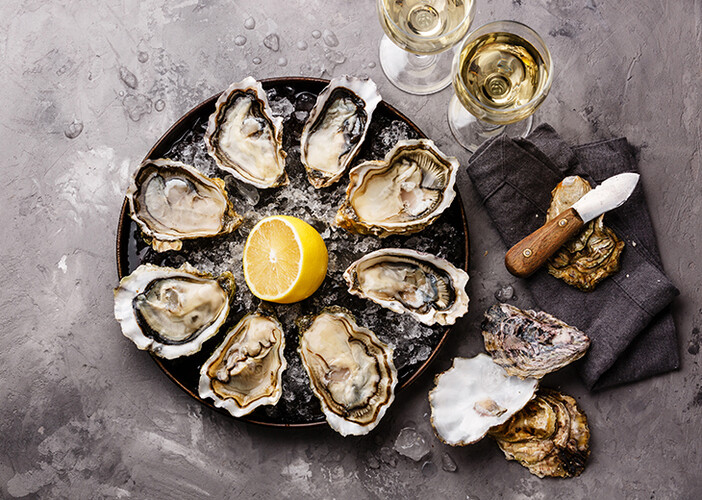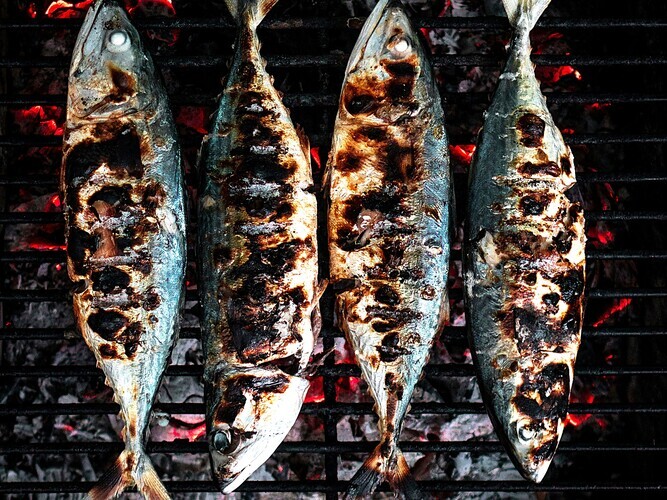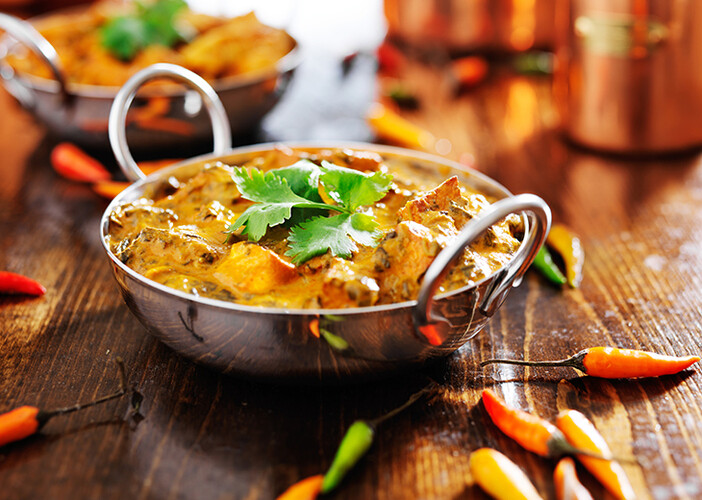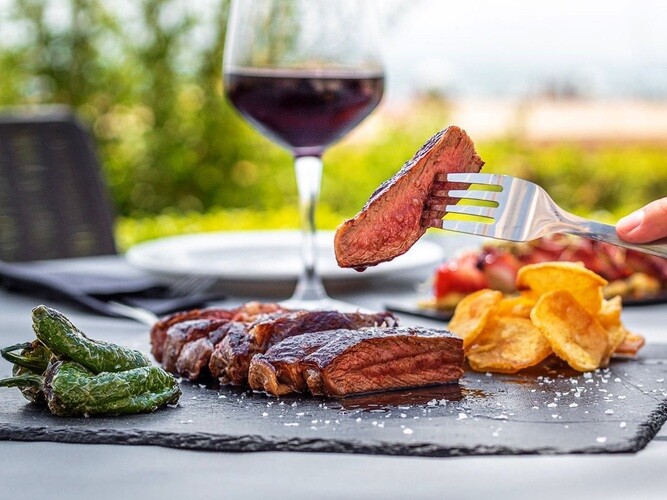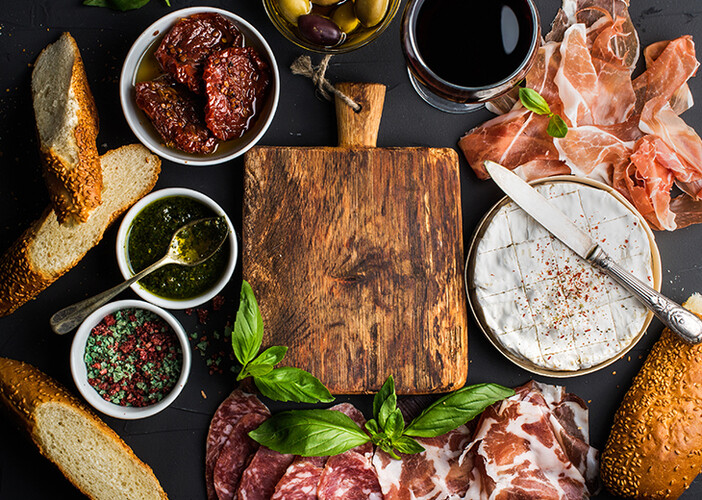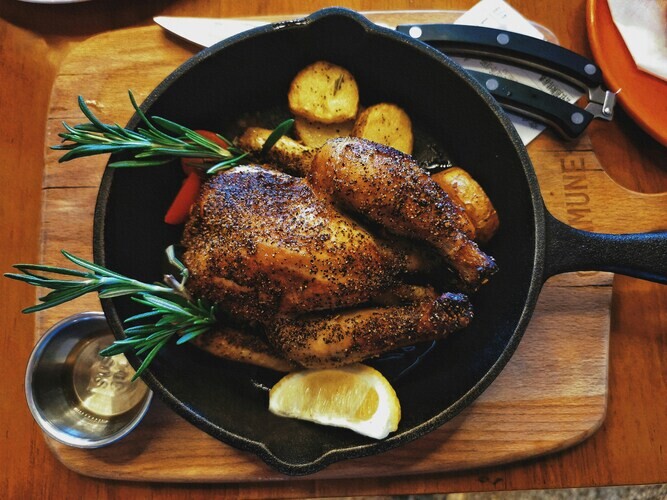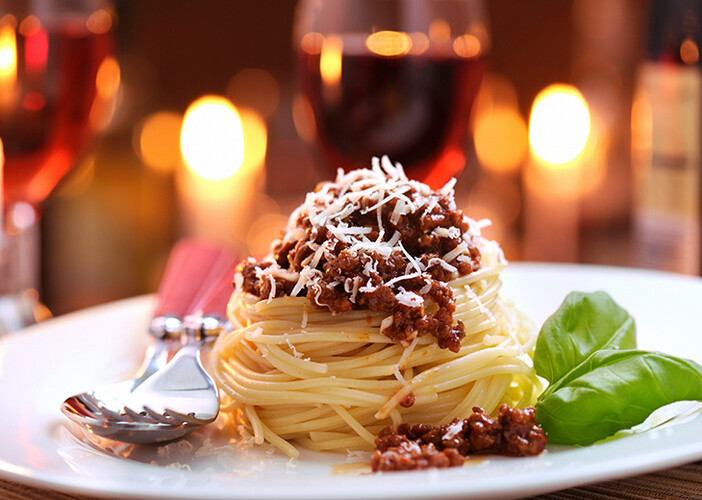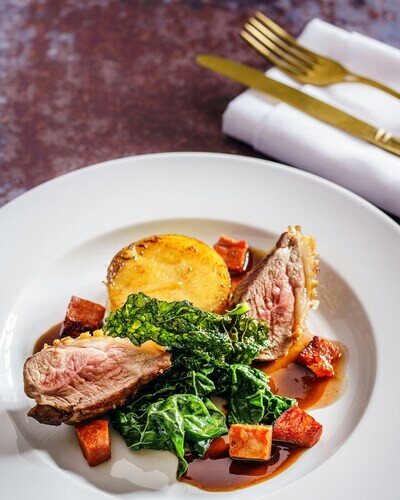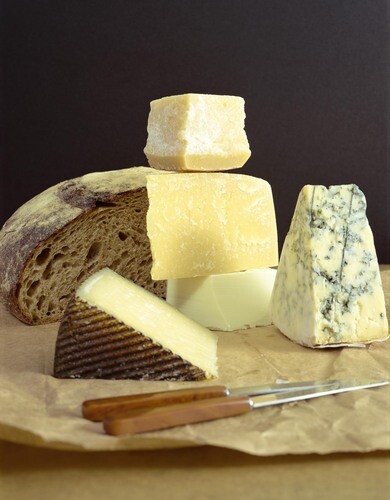Because the world of cheese is likely as vast as the world of wine, any attempt to thoroughly merge the two would far exceed the space allotted here. Instead, let’s separate that first world into four basic categories and join up which styles in the second correspond best.
Soft, Creamy
Although a good rule-of-thumb for most, if not all, cheeses is to make white wine your default position, for classic soft, runny sorts – Camembert, Brie, Epoisses, Chaource et al. – you can make this pinot noir and beaujolais. Loire cabernet franc and Italian nebbiolo, too. Arguably more so when these light reds are lightly chilled. Their bright, youthful, spicy cherry fruit resonates beautifully with the creamy sweetness and earthiness in such cheeses.
By the way of whites, more oily-bodied options from Alsace and Rhône similarly pair well, where a Mâcon, Premier Cru Chablis or Côte Chalonnaise are just as happy.
Goats
Fewer cheese and wine pairings can be so hand-in-glove, so utterly classic, as goats cheese and sauvignon blanc. Loire sauvignon, more specifically. A good Sancerre, Pouilly-Fumé or Touraine sauvignon with Chavignol is to die for. That’s not to say that a quality Kiwi version or Bordeaux blanc won’t do a superb job, but is to say that a fresh, crisp, racy Loire or South African chenin blanc will do so, too.
If red is demanded, keep it cool, fruity and fresh, where once again beaujolais and Loire cabernet franc fit the bill.
Blue
Here’s where the ‘contrast’ principle of food and wine pairing realises its full potential: that saltiness loves sweet. Which is why off-dry and desert wines work so well with Stilton, for example. You may not suspect it at first, but taste them once and all will be clear. This means off-dry Vouvray, Sauternes/Barsac, Rutherglen muscat (Australia), and, of course, Port.
What you’ll also notice in all wines is that they all have a good level of acidity to cut through the creaminess and cleanse the palate. Then repeat.
Hard
Since you’ll encounter far stronger, tangier flavours in say, a mature cheddar, you can pull out the stops, here. Right-Bank bordeaux is a great place to start, as is Port, where powerful, red and dark fruit flavours do well to harmonise with the power of hard, aged cheeses.
Which includes Parmasan, of course. Which, when not grated over pasta, is utterly exquisite on its own, with a red Italian drop alongside – where barbera, dolcetto and Tuscan sangiovese heighten the exquisiteness.
For creamier hard cheeses such as Gouda or Emmental, lighten the red-wine weight with a beaujolais, Loire cabernet franc or pinot noir. Hard or soft, that sweet creaminess always loves exuberant, youthful cherry fruit.
If you’d like to learn more detail about the ‘physics’ involved in this rather obsessive topic, check out our blog solely dedicated to wine and cheese pairing.

